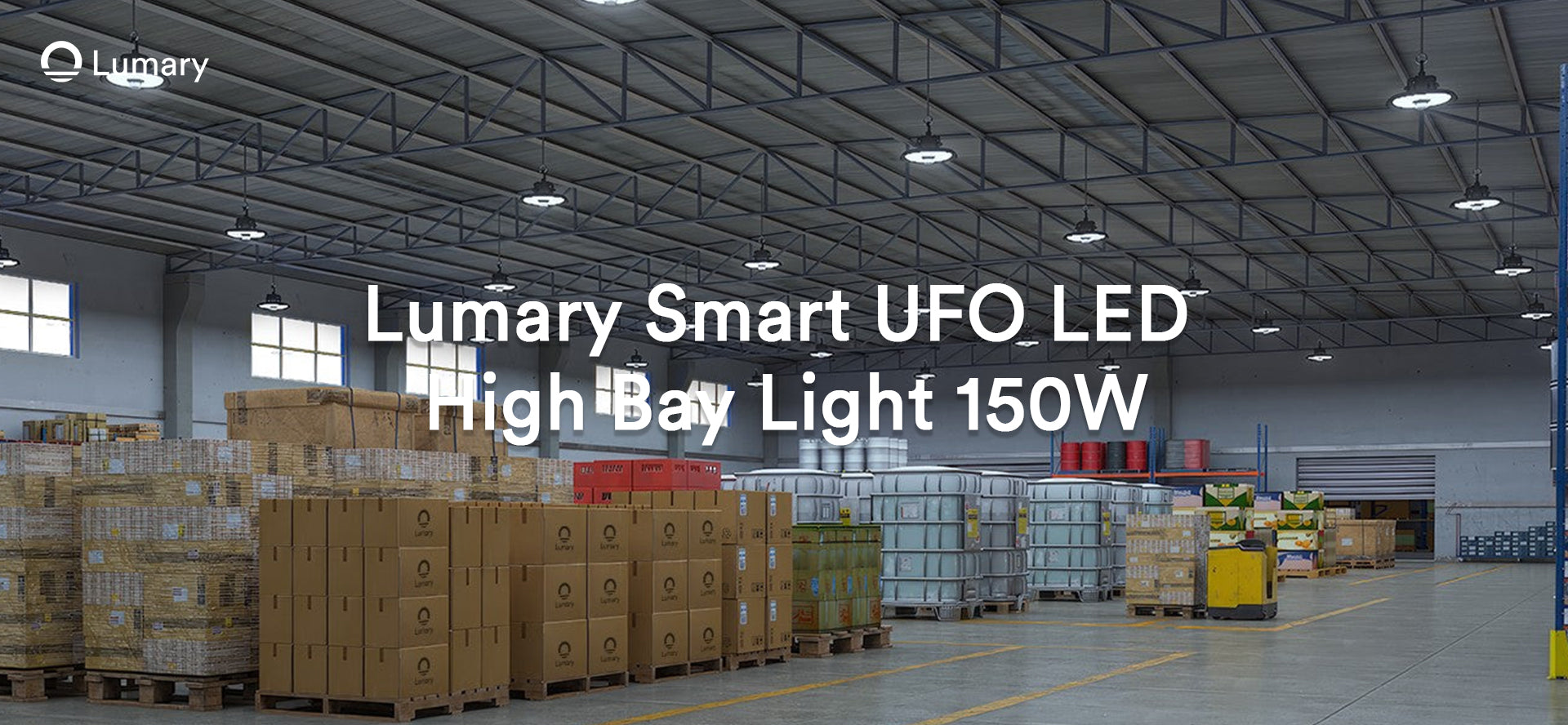Selecting the appropriate ceiling lights can dramatically change the ambiance of any room. When considering LED versus traditional lighting options, each presents distinct advantages. LED ceiling lights boast remarkable energy efficiency, consuming 80-90% less power and significantly lowering the carbon footprint. In contrast, traditional lights, though timeless, tend to use more energy. Evaluating these choices allows you to make well-informed decisions for your home or business. LED ceiling lights offer long-term savings and require minimal maintenance, whereas traditional lights may attract those who favor a classic aesthetic. By understanding these differences, you can ensure you choose the optimal lighting solution for your specific needs.
Design and Aesthetics of Ceiling Lights

LED Ceiling Lights
Modern and Sleek Designs
LED ceiling lights bring a touch of modern elegance to any space. Designers craft these lights with sleek lines and minimalist forms that fit seamlessly into contemporary interiors. Many homeowners appreciate the clean look of LED fixtures, which often feature slim profiles and innovative shapes. The design of LED ceiling lights allows them to blend effortlessly with various decor styles, from industrial lofts to chic urban apartments.
Versatility in Styles and Colors
The versatility of LED ceiling lights makes them a popular choice for those who love variety. Manufacturers offer these lights in a wide range of styles and colors to suit different tastes and preferences. Whether you want a bold statement piece or a subtle accent, LED lights provide options. The ability to adjust color temperatures and brightness levels adds another layer of customization. This feature helps create the perfect ambiance for any occasion, making LED ceiling lights a flexible choice for both residential and commercial spaces.
Traditional Ceiling Lights
Classic and Timeless Designs
Traditional ceiling lights offer a sense of nostalgia and charm. These lights often feature intricate details and ornate designs that evoke a classic aesthetic. Many people find comfort in the timeless appeal of traditional lighting fixtures. Chandeliers, pendant lights, and flush mounts with vintage finishes add character to rooms. Traditional ceiling lights can complement antique furniture and classic architectural elements, creating a cohesive and inviting atmosphere.
Limited Style Options
While traditional ceiling lights exude elegance, they come with limited style options compared to their LED counterparts. The focus on classic designs means fewer choices in terms of shapes and colors. Some homeowners may find this limitation appealing, as it simplifies the decision-making process. However, those seeking more contemporary or unique styles might feel restricted. Despite the limited variety, traditional ceiling lights remain a beloved choice for those who appreciate enduring beauty and craftsmanship.
Energy Efficiency in Ceiling Lights

LED Ceiling Lights
Low Energy Consumption
LED ceiling lights shine brightly when it comes to energy efficiency. These lights use between 80% and 90% less energy than traditional lighting options. Imagine the impact on your electricity bill when you switch to LEDs. The savings can be substantial, allowing you to allocate funds elsewhere. LEDs convert most of their energy into light rather than heat. This means that less energy is wasted, making them a smart choice for those who want to save money and reduce energy consumption.
Environmental Impact
Choosing LED ceiling lights benefits the environment. Lower energy consumption means a smaller carbon footprint. LEDs contribute less to greenhouse gas emissions compared to traditional bulbs. By using LEDs, you're taking a step towards a more sustainable future. These lights also last longer, which reduces waste. Fewer replacements mean fewer resources used in manufacturing and less waste in landfills. So, when you choose LEDs, you're not just saving energy; you're helping the planet too.
Traditional Ceiling Lights
Higher Energy Usage
Traditional ceiling lights consume more energy. Incandescent bulbs, for instance, use a lot of electricity to produce light. Much of this energy turns into heat rather than light. This inefficiency leads to higher energy bills. If you want to keep costs down, traditional lights might not be the best option. The higher energy usage also means more frequent replacements, adding to the overall cost.
Environmental Considerations
Traditional ceiling lights have a larger environmental impact. The higher energy consumption contributes to increased carbon emissions. This affects the environment negatively. Frequent bulb replacements lead to more waste. The production and disposal of these bulbs require resources and energy. When considering the environment, traditional lights fall short. Choosing more efficient lighting options like LEDs can make a positive difference.
Lifespan and Durability of Ceiling Lights
LED Ceiling Lights
Long Lifespan
LED ceiling lights offer an impressive lifespan. You can expect LEDs to last between 20,000 to 60,000 hours. This longevity means fewer replacements and less hassle. Imagine not having to change your ceiling lights for years. That’s the convenience LEDs bring to your home or business. The long lifespan also translates to cost savings over time. You spend less on buying new bulbs, which keeps more money in your pocket.
Resistance to Wear and Tear
LEDs are built to withstand wear and tear. The design of these ceiling lights ensures durability. You don’t have to worry about frequent breakages. LEDs handle vibrations and impacts better than traditional bulbs. This makes them a great choice for busy areas. The robust construction of LEDs means fewer maintenance issues. You get peace of mind knowing your lighting will last.
Traditional Ceiling Lights
Shorter Lifespan
Traditional ceiling lights have a shorter lifespan. Incandescent bulbs typically last only 1,000 to 2,000 hours. Frequent replacements become necessary. This can be inconvenient and costly. The short lifespan of traditional lights means more trips to the store. You end up spending more time and money on maintenance. Traditional lights may not be the best option if you want long-lasting solutions.
Maintenance Requirements
Traditional ceiling lights require more maintenance. Regular bulb changes become part of the routine. This adds to the overall cost and effort. Traditional bulbs are more prone to damage. You might find yourself dealing with broken bulbs more often. The maintenance demands of traditional lights can be a hassle. Choosing a more durable option like LEDs can save you time and effort.
Cost Analysis of Ceiling Lights
Initial Investment
Cost of LED Lights
LED ceiling lights might seem pricey at first glance. The initial cost often surprises many buyers. However, consider the long-term benefits. LEDs use advanced technology. This innovation comes with a price tag. But remember, this investment pays off over time. You get energy savings and reduced maintenance costs. The upfront expense becomes less daunting when you think about future savings.
Cost of Traditional Lights
Traditional ceiling lights usually have a lower initial cost. You might find them more affordable at the store. Incandescent bulbs are cheaper to buy. However, frequent replacements add up. Traditional lights burn out faster. You end up spending more on replacements. The initial savings might not last long. Consider the ongoing costs before making a decision.
Long-term Savings
Energy Savings with LED
LED ceiling lights offer impressive energy savings. You can save up to 90% on energy costs. Imagine the reduction in your electricity bill. LEDs convert most energy into light. Less energy turns into heat. This efficiency means lower power consumption. Over time, these savings add up. You get more value for your money with LEDs.
Replacement Costs
Replacement costs differ between LED and traditional lights. LEDs last much longer. You won't need to replace them often. Traditional lights need frequent changes. This adds to the overall cost. Think about the hassle of constant replacements. LEDs save you time and money in the long run. You enjoy peace of mind with fewer maintenance worries.
FAQs on Ceiling Lights
Common Questions about LED Lights
Are LEDs dimmable?
LEDs offer dimmable options, which makes them versatile for different lighting needs. You can adjust the brightness to create the perfect ambiance. Many LED fixtures come with dimmable features, but it's important to check compatibility with your dimmer switch. Not all dimmers work with LEDs, so choosing the right one is crucial. Dimmable LEDs provide flexibility and energy savings by reducing power consumption when less light is needed.
Do LEDs emit heat?
LEDs produce minimal heat compared to traditional bulbs. Most of the energy in LEDs converts into light, not heat. This efficiency makes LEDs safer and more energy-efficient. You won't have to worry about overheating or burns from touching an LED bulb. The cool operation of LEDs also contributes to their long lifespan. Less heat means less wear and tear on the components, ensuring durability and reliability.
Common Questions about Traditional Lights
Are traditional lights more reliable?
Traditional lights have been around for a long time, offering a sense of reliability. However, LEDs surpass traditional bulbs in terms of longevity and performance. Traditional bulbs often burn out faster, requiring frequent replacements. LEDs, on the other hand, boast a lifespan of 20,000 to 60,000 hours. This extended lifespan provides convenience and cost savings over time. Reliability in lighting now leans more towards LED technology due to its durability and efficiency.
Can traditional lights be used with dimmers?
Traditional lights can work with dimmers, but compatibility depends on the bulb type. Incandescent bulbs generally pair well with dimmers, allowing for smooth brightness adjustments. However, CFLs and some halogen bulbs may not dim properly without flickering or buzzing. Choosing the right dimmer for your traditional lights ensures optimal performance. If you prefer dimmable lighting, consider switching to LEDs for better compatibility and control.
LED ceiling lights offer a modern, energy-efficient, and durable solution. Traditional lights provide a classic aesthetic but require more maintenance and energy. LED lighting provides long-term savings and reduces energy bills. Investing in high-quality LED products maximizes return on investment. Consider your needs and preferences when choosing between LED and traditional lights. LED lights suit those seeking efficiency and cost savings. Traditional lights appeal to those who value timeless designs. Evaluate your priorities to make the best choice for your space.

















